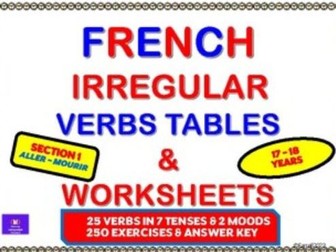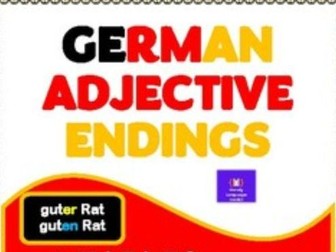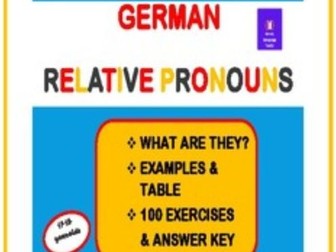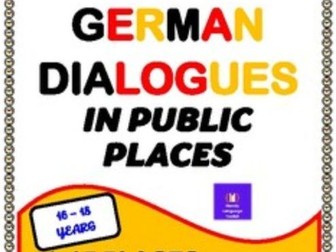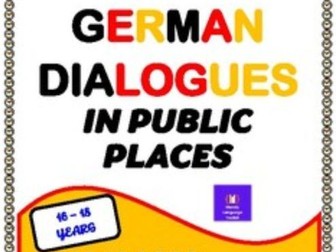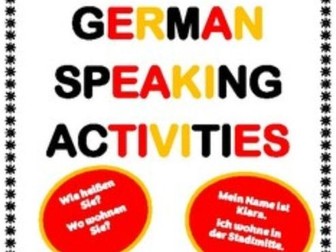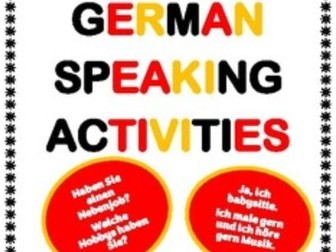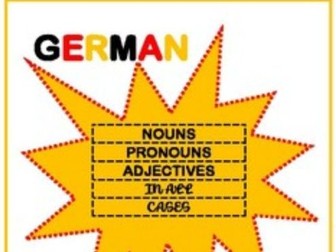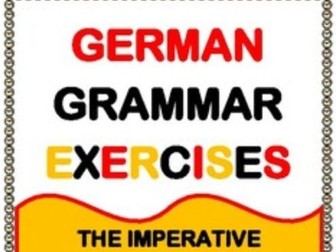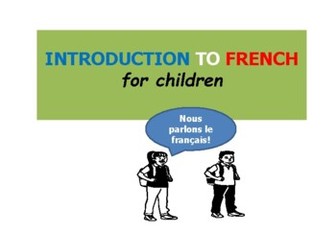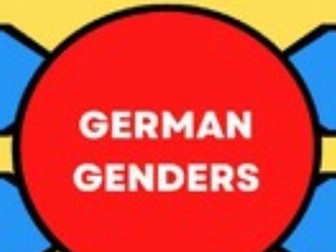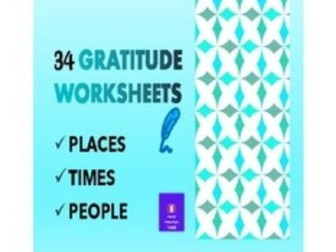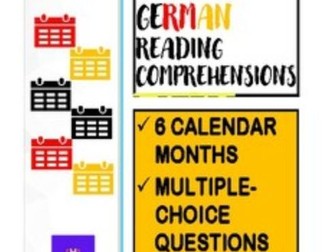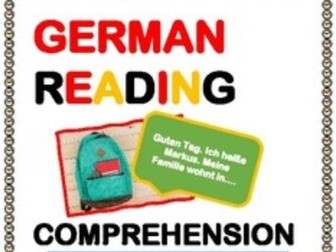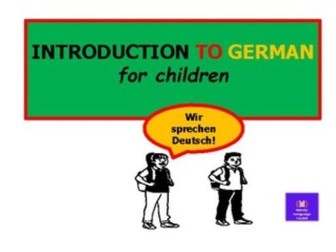Christmas German Quiz - 60 Questions
<p>Christmas German Quiz is a no-prep printable quiz packed full of questions on Christmas traditions and customs in Germany and other countries. It is aimed at 15–18-year-old students and adults. All of the questions are in German and an answer key is provided.</p>
<p>The types of questions are:</p>
<ul>
<li>multiple-choice</li>
<li>true or false</li>
<li>picture identification and labelling</li>
<li>completing lyrics</li>
<li>finding the odd one out</li>
<li>fill in the blanks</li>
</ul>
<p>Students can choose to circle or underline the correct answer in the multiple-choice questions.</p>
<p>Full marks awarded for all correct answers = 64</p>
<p>As indicated on the scoresheet in German (before the answer key), award one mark each for questions requiring one answer. Award one mark each for question 3. (total marks = 2 marks) and award one mark each for question 48. (total marks = 4 marks.)</p>
<p>This product is a great way of engaging students and testing their knowledge and comprehension of German Christmas vocabulary, customs and traditions. It also tests students’ ability to read and understand questions in German. You can use it in class in groups or individually as a winding down activity before the Christmas break!</p>

